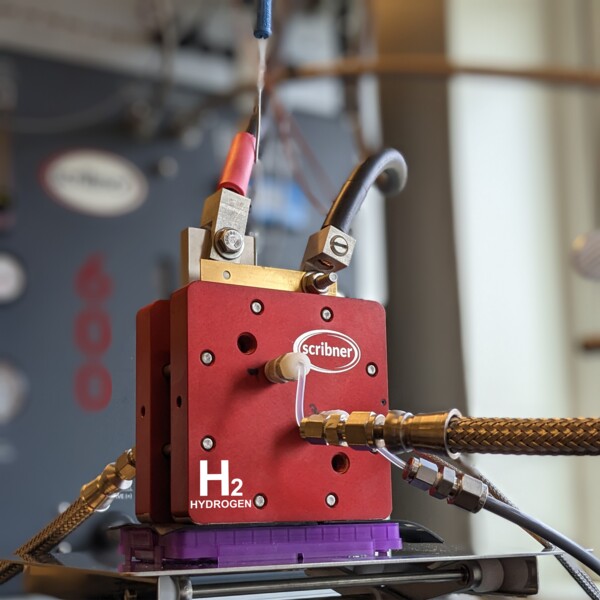Explanation of terms
Water electrolysis: Process of using electricity to split water into its components, hydrogen and oxygen.
Electrocatalyst: A material that participates in an electrochemical reaction with the effect of increasing its reaction rate.




